Madrid is the capital of Spain. It is also the largest of the Spanish cities. It is the centre of the autonomous community of Madrid and is located in the heart of the Kingdom of Spain. It is the third most populated city in the European Union after London and Berlin.
Like all capitals, Madrid has a special charm due to the presence of almost all of the country's political institutions such as the Royal Palace, the seat of Parliament and the seat of Government.
This beautiful city offers you extreme experiences, just like its nature. A city that makes you enjoy the summer with temperatures easily reaching 40 degrees, that carries you away with its nightly rhythm, and enchants you with the beautiful nature of the people of Madrid.
A little history:
The site of the city of Madrid has been occupied by man since prehistoric times. This is based on the discovery of several objects of human use following excavations carried out in the area. These objects, such as axes, small Paleolithic objects and Neolithic ceramics, are on display in the National Archaeological Museum of Madrid. Archaeological research has also uncovered the ruins of a Visigothic village in the vicinity of the city site.
In the middle of the ninth century, Muhammad the First, an Umayyad emir from Cordoba, built a small castle in the present location of Palacio Real. Around this castle, the Moors built a citadel that the Muslims named after a nearby river "Al-Majrit". Since then the area around Madrid has developed, and the old Arab walls that surrounded this citadel are still in place and accessible to visitors.
The Moors kept the citadel to themselves until 1085 when Alfonso VI conquered it in his advance towards Tolido. He then ordered to "purify" what had been a mosque and turn it into a Catholic church dedicated to the Virgin Alamunda. This holy Virgin later became the patron saint of Madrid, a holy day is dedicated to her and is celebrated on the 9th of November, she also gives her name to the current cathedral of Madrid.
After 1329, Jews and Muslims concentrated in an area of the city known until now by the name of Morería, but in 1494 they were all considered unforgivable unbelievers and were aggressively expelled. The mosque and any other buildings indicative of their previous existence have unfortunately disappeared.
In 1556, King Philip II regained the reins of the kingdom through alliances. He transferred the court from Toledo to Madrid. Located halfway between Zaragoza and Toledo, with an abundance of woods and good air, Madrid had only 70,000 inhabitants in 1561.
The Austrians had taken over the city in the 17th century. It was during this era that Juan Gomez de Mora transformed the Plaza de la Arrabal into a plaza Mayor with a series of arcades.
When Charles III arrived in Madrid from his small kingdom of Naples, he continued to modify its structure. Surrounded by French and Italian architects, he ordered the lighting of the streets and the modification and improvement of several monuments. The gardens of the Royal Palace and the Puerta de Alcalá in the Plaza de la Independencia bear the mark of this period.
For the modern city, two dates are very significant; May 2, 1808, which saw the revolt known by this date and which gave the signal for the War of Independence, and 1936, which witnessed the Civil War.
A massive industrialisation during the last 50 years had notably changed the general aspect of the city of Madrid, in addition to the crazy urbanisation of the last two decades. The population has almost tripled in a period of 25 years.
Culture:
The magnificent city of Madrid offers a very varied cultural and artistic life. This variety and richness is the result of all the disparate styles that the city has known and which have left their singular mark over the centuries.
There are ruins of the old Arab walls, small Gothic churches and Renaissance monuments. Over the years Madrid has collected a beautiful and diverse selection of works.
The variety of architectural styles is also remarkable. There are austere Baroque facades that contrast with the luxurious interiors of the palaces. The neoclassical imprint is visible in the Royal Palace, the Sabatini Gardens and Campo del Moro, located in the centre of the capital, as well as in the fountains of the Paseo del Prado, the Toledo Bridge, the Prado Museum and the Alcalá Gate.
Among all these remarkable monuments we have selected 10 places to visit in Madrid.
Related articles
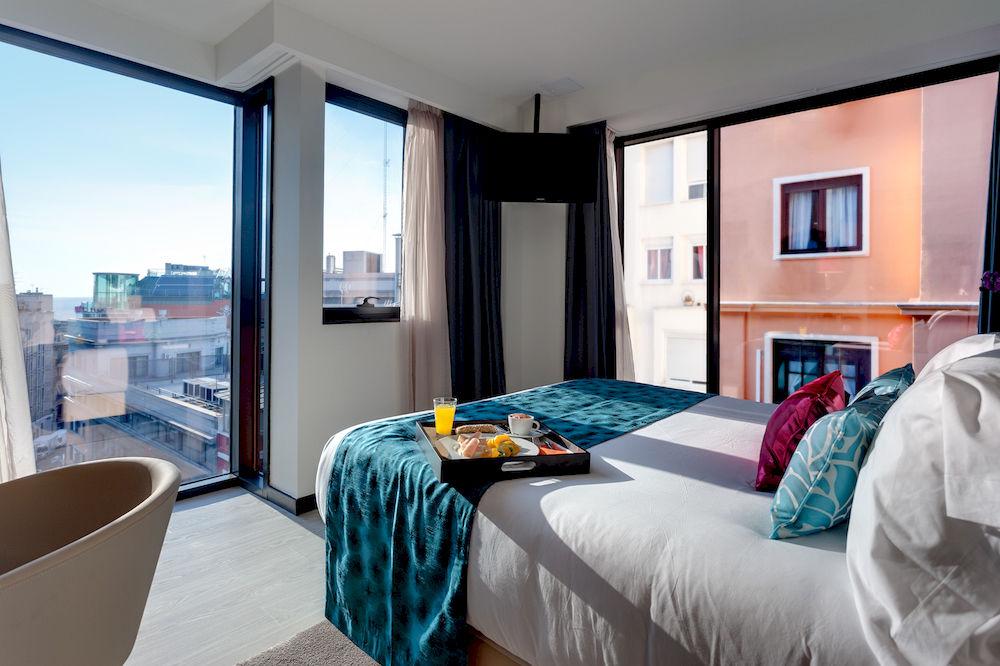
Where to stay? 8 hotels in Madrid - Spain
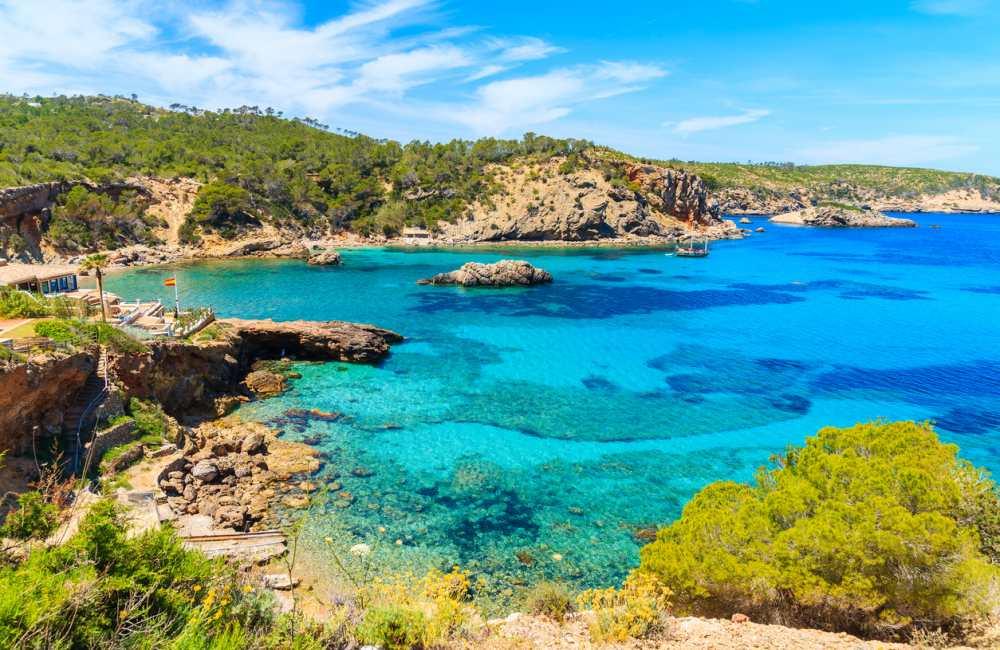
Spain's most beautiful beaches | 7 tips for Spain, Mallorca & Ibiza!
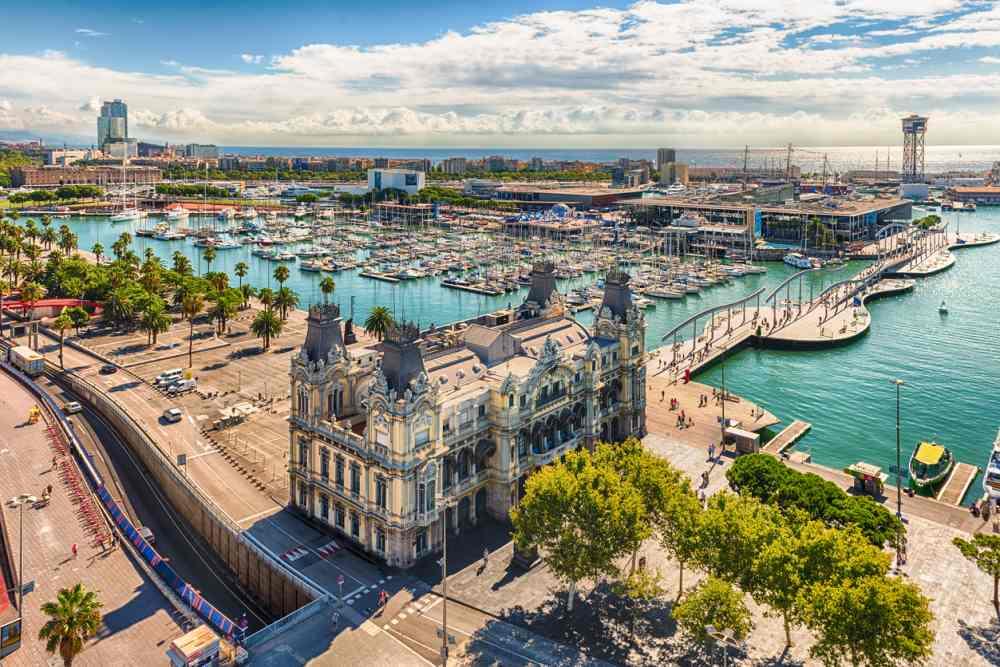
The 6 best day trips from the Costa Brava | Excursions & tips
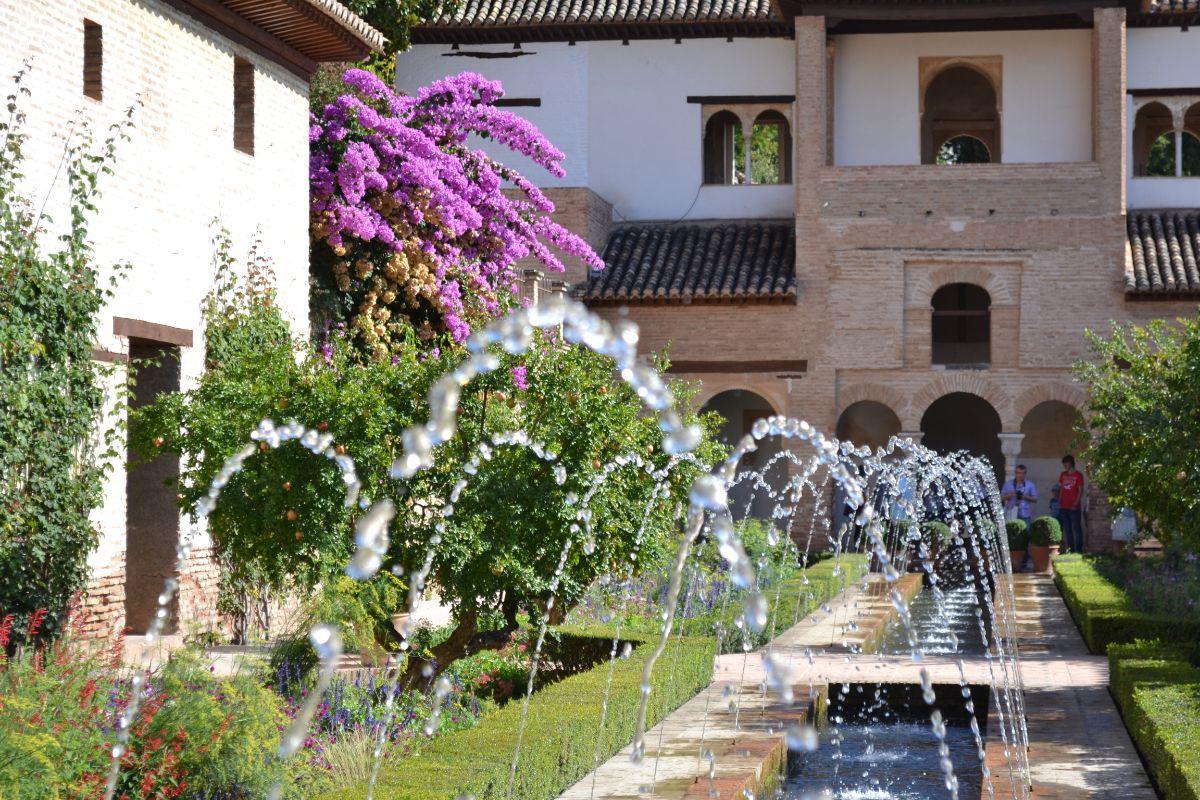
The best hotels in Granada, Spain
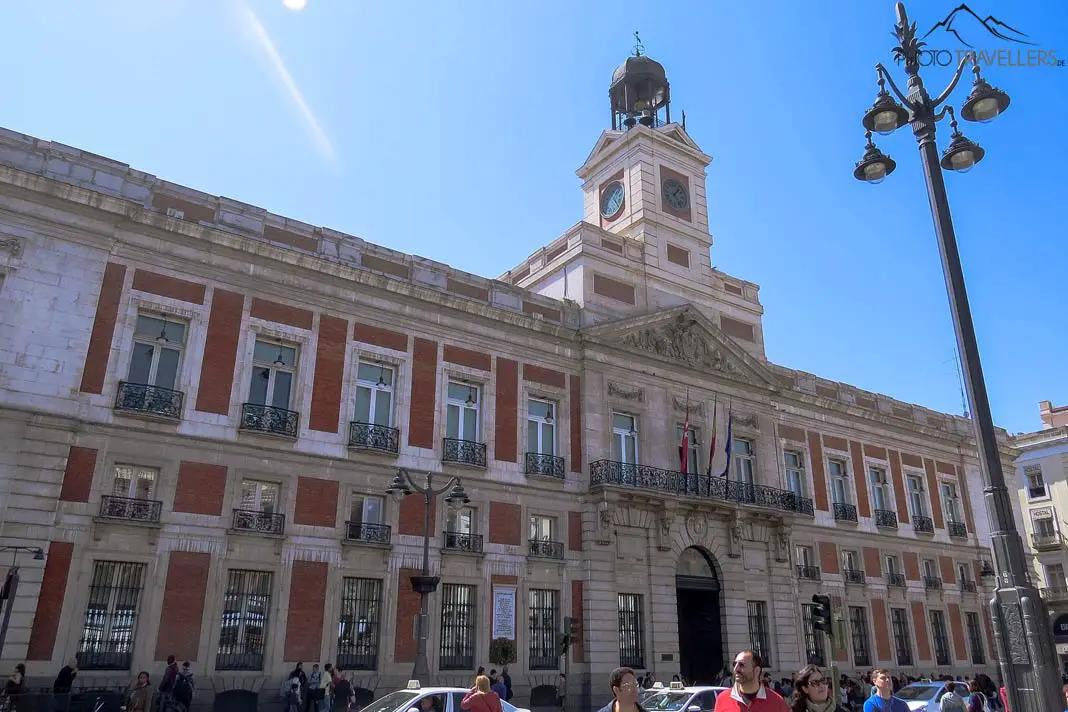
Top things to do in Madrid: 15 beautiful sights to see
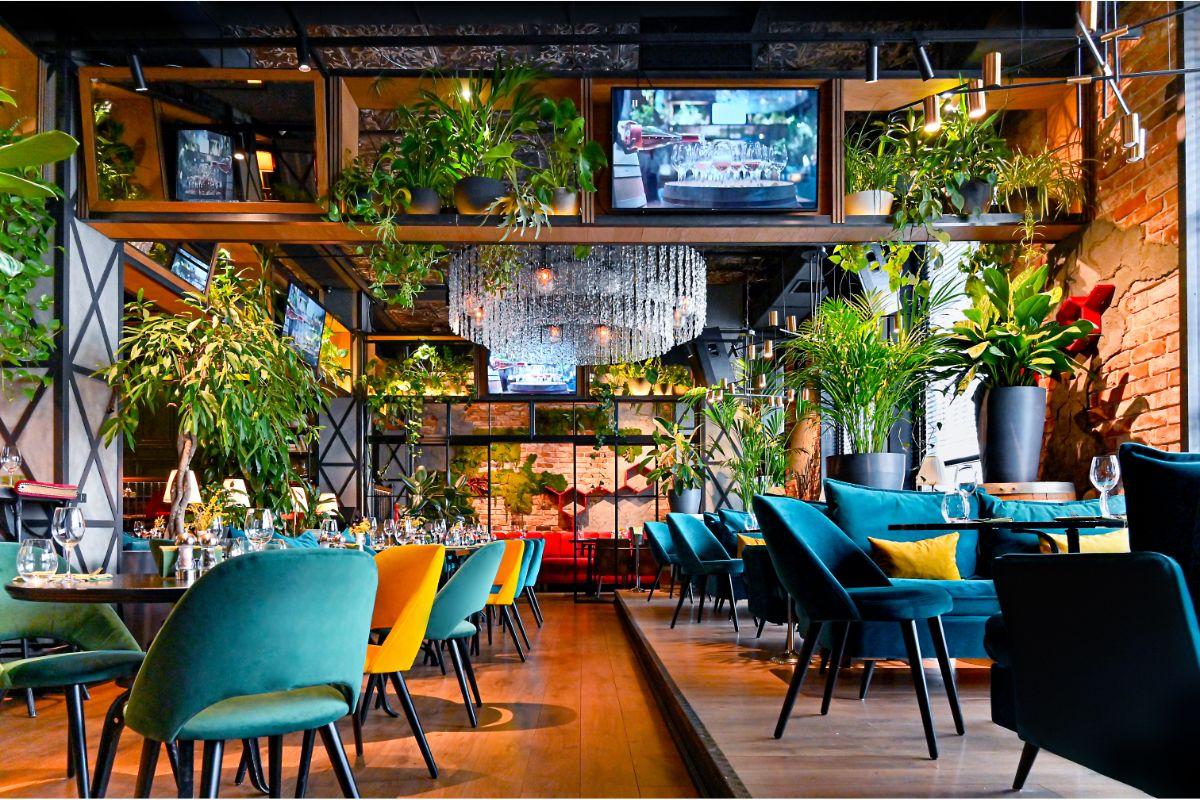
Top 16 best restaurants in Madrid in 2024
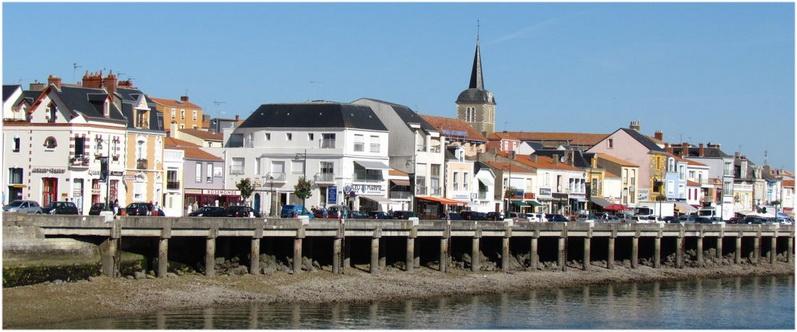
Olonne-sur-Mer, Vendée, France
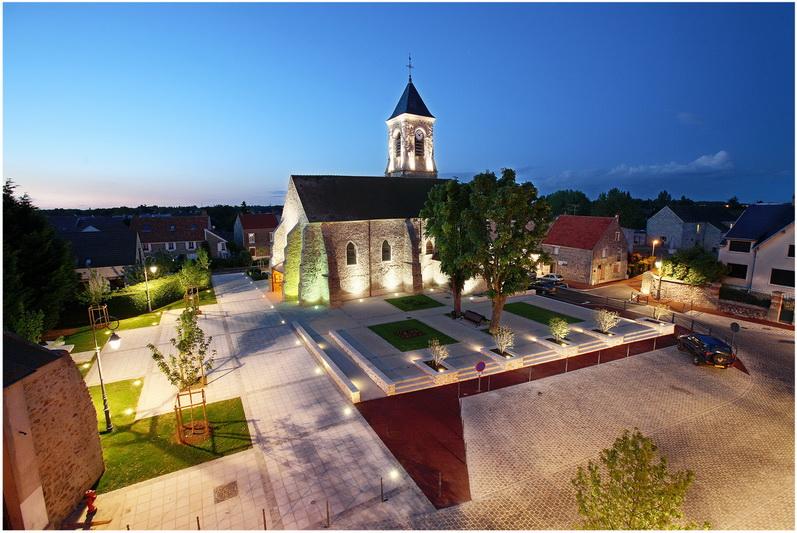
Bondoufle, Essonne, Île-de-France, France